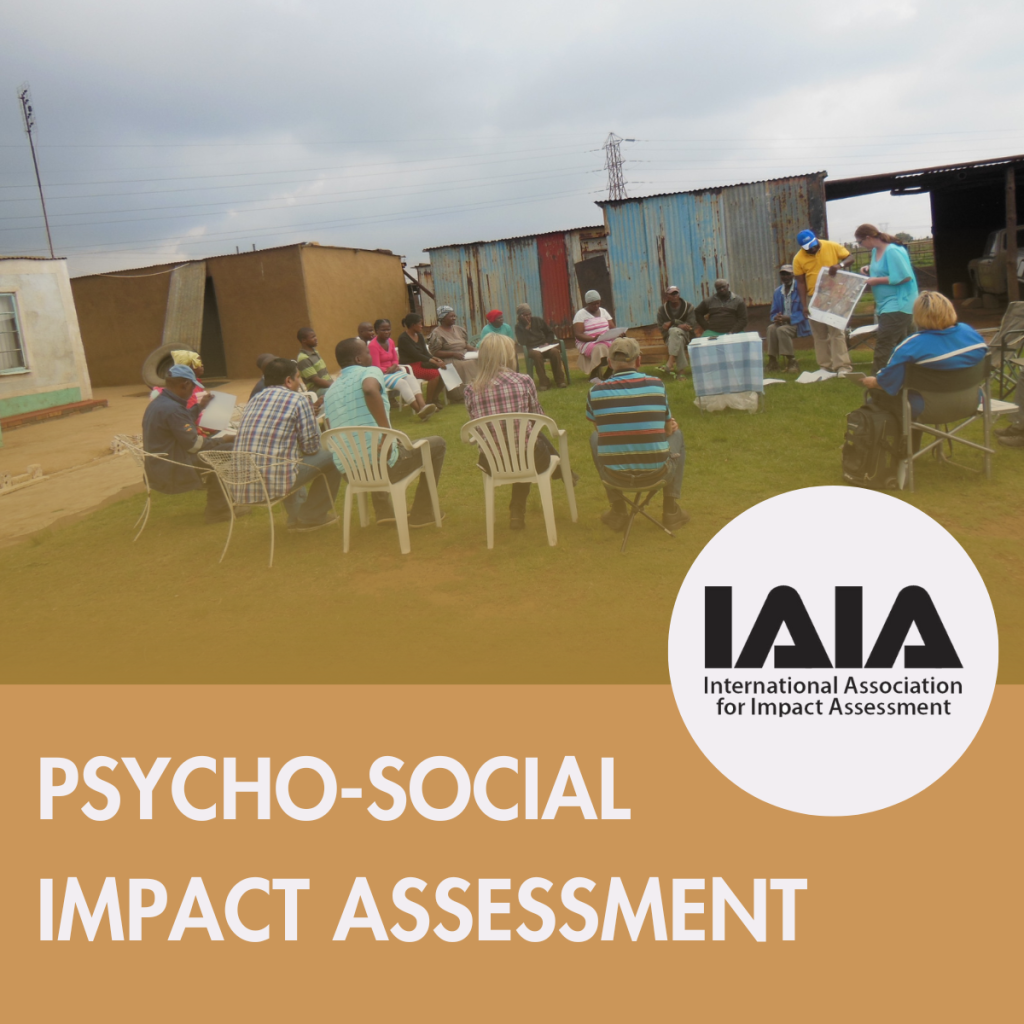Webinar Details
Many impact assessment practitioners believe data protection laws do not apply to their work. This webinar will dispel these misconceptions, show where the rules do apply across environmental, social and health impact assessments, and share practical steps practitioners can implement straight-away for compliance.
Aimed at consultants, researchers, and impact assessment professionals – working with household surveys, consultation records, site photos or satellite imagery, GPS data, health information, grievance logs, and other data, the session will blend legal basics with real-world examples. With insights from:
- Danie Strachan (VeraSafe) – data protection lawyer with extensive experience across sectors.
- Ildiko Almasi Simsic (E&S Solutions) – experienced impact assessment consultant, technology expert. Develops AI tools and training on AI use and data protection.
- Francesca Viliani (Fraviliconsult) – public health expert with extensive health impact assessment experience.
By the end of the session, you will better understand how to:
- Recognize when GDPR or data protection laws apply to impact assessment projects, including outside the EU through extraterritorial reach and client policies.
- Choose a lawful basis and purpose for common impact assessment activities.
- Apply minimization and proportionality to survey design and publication.
- Distinguish anonymization and pseudonymization, and strip risky metadata.
- Set up foundational governance: roles, access, retention, deletion, and breach response.
- Spot specific impact assessment risks, for example sensitive health data in annexes, photos, and GPS data.
- Add practical guardrails for tools used by teams, including shared drives, messaging apps, and AI systems.






